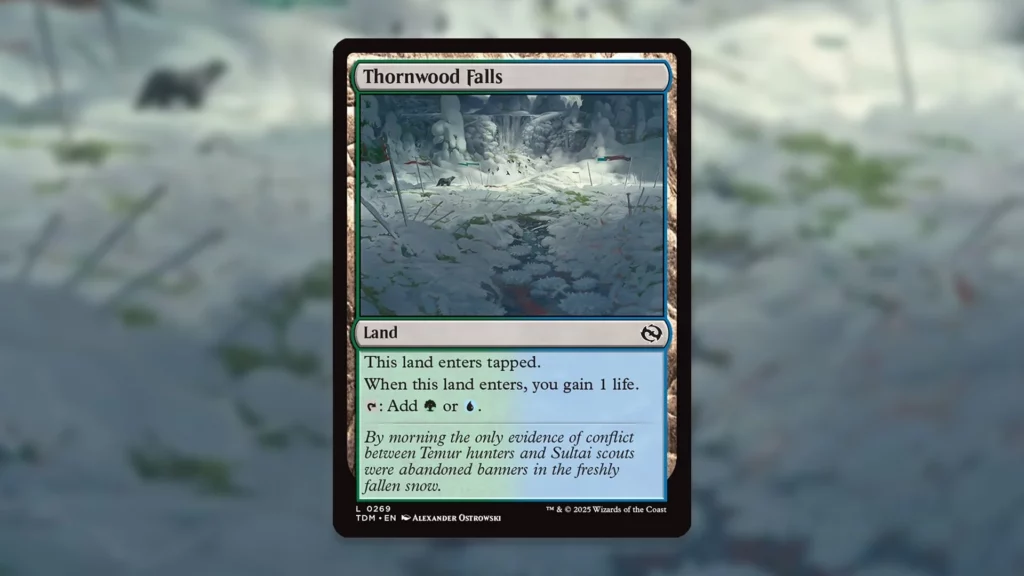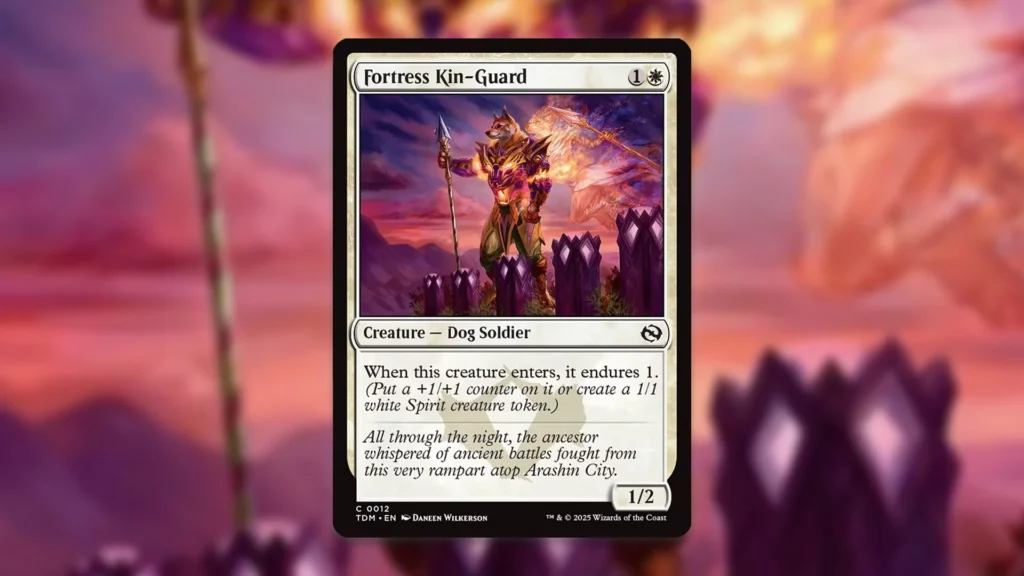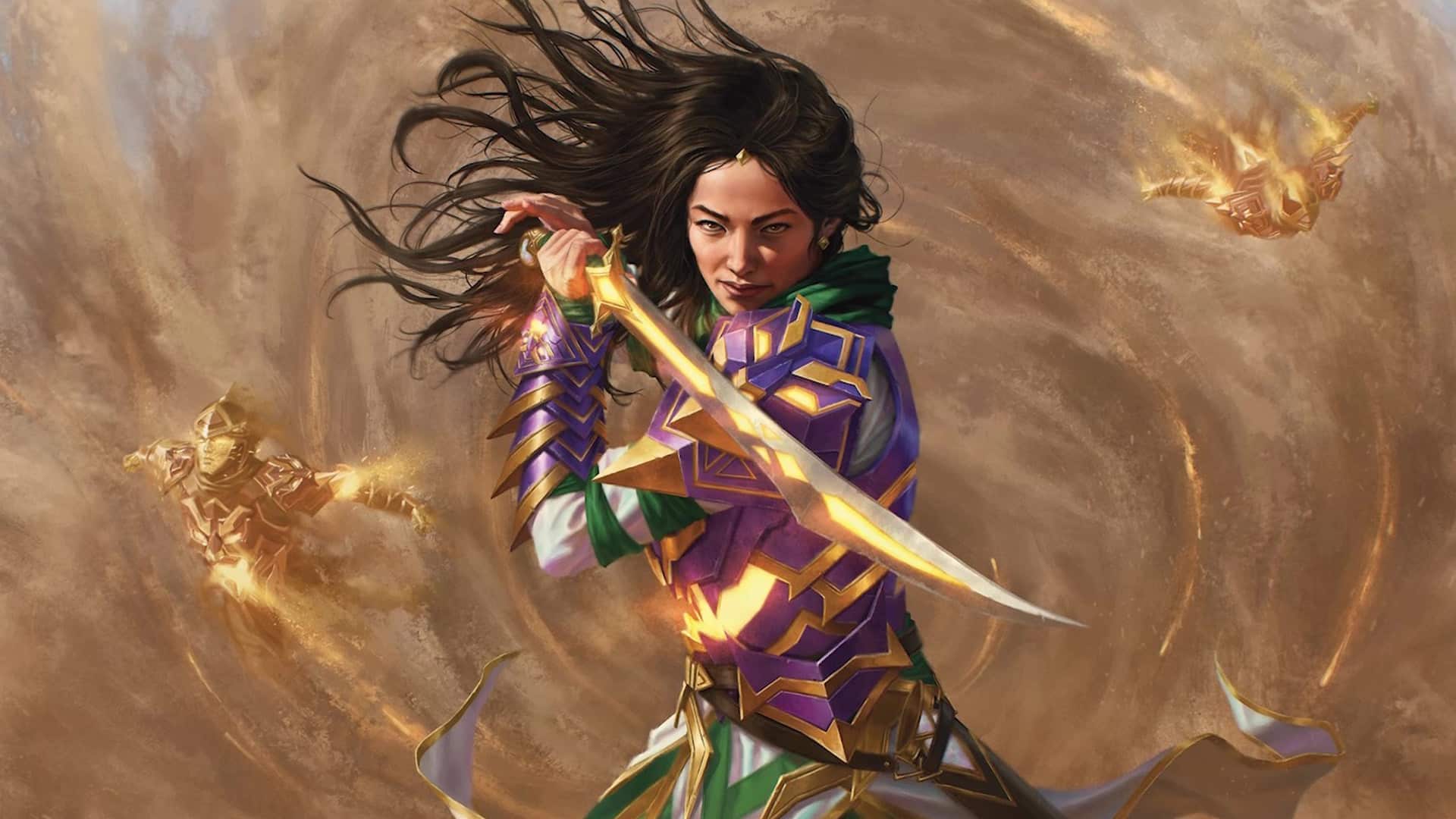Now that Tarkir: Dragonstorm Draft has been out for a few weeks, it’s safe to say this set has an extremely unique Limited environment. This is one of the most bomb-driven formats in recent memory. Huge haymakers like Jeskai Revelation and Ureni, the Song Unending, in spite of the tough mana costs, are among the best cards you can start a draft with in the whole set.
Initially, things looked pretty bleak. With so many players fighting over multi-color soup piles and looking to go over the top of one another, it seemed there was little recourse to be had if you didn’t open any game-breaking cards.
Fortunately, the format has started to evolve, and an aggressive shell has emerged that can punish your opponent’s clunky draws. Not only that, but the deck is fully capable of having success built entirely of commons and uncommons! If you’re tired of Dragon versus Dragon combat, then look no further.
Format Background

Before we dive into Tarkir: Dragonstorm’s surging aggro deck, we first need to go back and look at how the format began and what has changed since. Tarkir: Dragonstorm was clearly designed to support five different clans. From Mardu Mobilize to Jeskai Flurry strategies, the goal was for players to be able to draft different thematic three-color decks thanks to the wealth of fixing the set provided.
Players quickly realized, however, that the fixing in the set was some of the best we’ve ever seen. The life gain lands at common, such as Thornwood Falls, coupled with the tri-color lands at uncommon that also enter tapped, certainly played a big role.
On top of that, Dragonstorm Globe and a cycle of Monuments that each search for a basic land within a specific clan’s colors made it trivial to have the requisite fixing you needed. With so much fixing available, players learned that they could go beyond three colors in order to make use of the best cards they opened. Splashing bombs like Jeskai Revelation in a Temur shell, for instance, isn’t hard at all.
This created a bit of an arms race within the format. It’s very difficult for straight three-color decks to compete with the over-the-top multicolor piles. Decks like Abzan and Sultai aren’t aggressive enough to race the big threats out of the four and five-color decks. At the same time, the four and five-color decks typically have more top end to help close games.
As a result, some of the neat synergistic mechanics in the set, especially Renew, faltered significantly. Kheru Goldkeeper looked like an excellent Sultai payoff during spoiler season, and yet it has a below-average win rate when maindecked compared to the rest of the uncommons, according to 17lands.com. The incremental advantages a card like this provides just don’t compete with the variety of big haymakers in the set.
A Self-Correction

The good news, at least, is that we’ve started to see a self-correction within the format. As the race to the top continues, a beatdown deck has emerged that looks to punish the multicolor decks in a number of ways. Unsurprisingly, this assertive shell is Boros, though it’s common to splash black cards in the deck, too.
According to 17lands.com, straight Boros decks have a win rate of 59.2%. Boros decks that splash have a 57.5% win rate. In both cases, the win rate is higher than any other archetype consisting of three or more colors.
Part of the reason these Boros decks have such a high success rate is that there is a wealth of commons and uncommons that, while extremely strong in low-to-the-ground decks, are of no interest to most three color decks and beyond.
The uncommon with the highest win rate when maindecked in the entire set is Frontline Rush. Unless you’re planning to go wide with creatures, Frontline Rush just doesn’t do enough to impact the board. As such, unless Boros or Mardu are highly contested in your draft pod, you can pick up this premium uncommon rather late in the pack.
The same can be said for Shocking Sharpshooter and War Effort, two elite uncommons in the Boros deck. Going wide lets you maximize commons like Salt Road Packbeast as well as combat tricks like Rebellious Strike that fall into a similar camp. Getting to attack with Mobilize creatures and buff a token that gets blocked mid-combat to force a trade can completely swing a game in your favor.
So many of your opponents will be leading on tapped lands and playing Monuments in the early turns to set up your mana. These types of cards do a great job of putting them on the back foot in no time.
An Incredible Position

Beyond being able to apply early pressure, these Boros decks also line up exceptionally well against the traditional removal suite of the multicolor archetypes. Caustic Exhale and Molten Exhale are super efficient, but they can only take out one of your creatures at a time.
There’s a reason why a huge percentage of the top commons and uncommons for Boros make tokens. Fortress Kin-Guard is unassuming, and in many formats wouldn’t be near the top of the common list. Yet, here, getting two bodies for two mana is worth it.
Typically, the way to best fight hyperaggressive decks like this is to go slightly bigger. Abzan and Sultai have the tools to do so, with plenty of strong midrange creatures that generate value. Once again, though, given how poorly these decks match up versus the Dragon decks with tons of top end, trying to contest Boros in this manner is a tough proposition.
Seeing Mardu Devotee among the best cards in Tarkir: Dragonstorm draft was not on our bingo cards. Nonetheless, it makes a lot of sense why the deck is having success. There’s still room for the format to evolve even further, so we’re excited to see how players continue to adjust.
